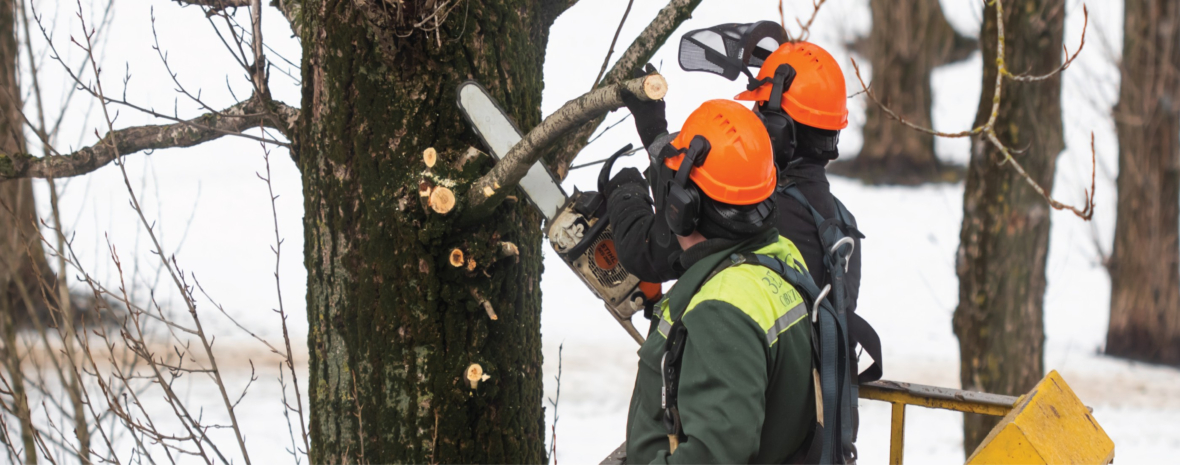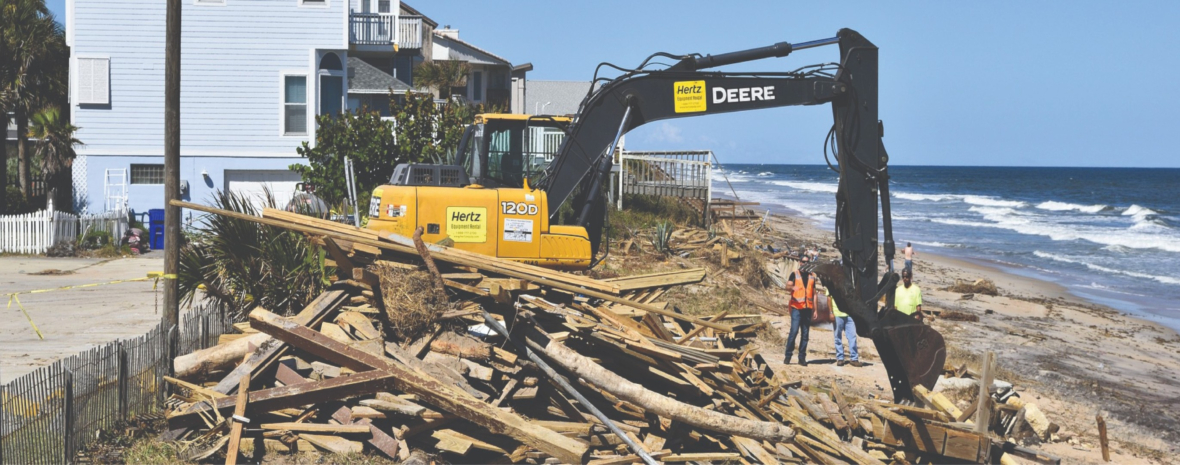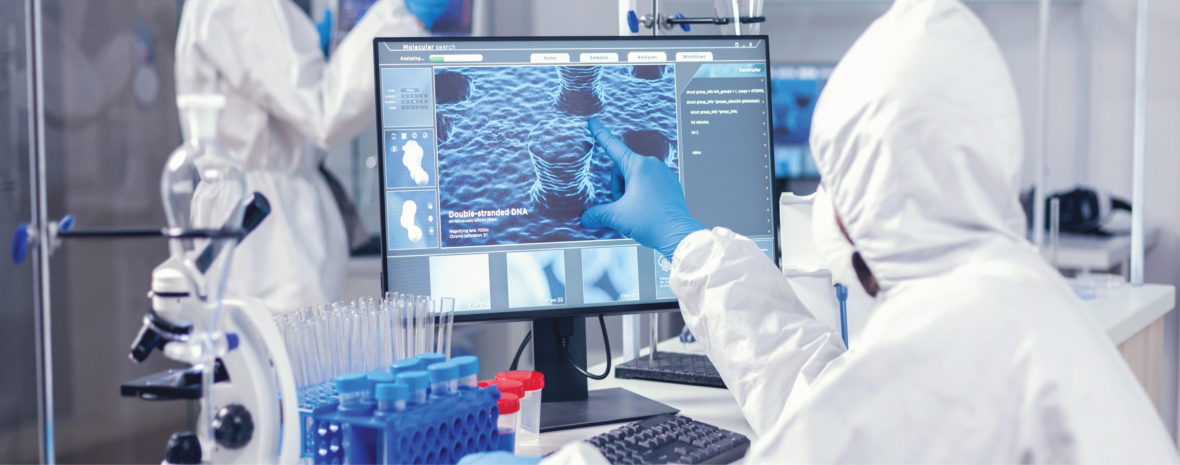We use cookies to make your experience better. To comply with the new e-Privacy directive, we need to ask for your consent to set the cookies. Learn more.
Author: International Enviroguard
Tungsten Carbide Exposure: Are Your Workers At-Risk?
It's a metal alloy that you'll find in a variety of products, ranging from sporting goods to automotive parts. It's known for its hardness, durability, resistance to temperature fluctuations, and its ability to withstand wear and tear. But in the manufacturing environment, it can pose health...
Your Guide to Cold Stress and Its Impact on Workers
As the weather gets colder, workers must stay protected from the elements. Freezing temperatures, along with snow and ice, can present significant health and safety challenges for your job site. One of the most common risks is cold stress, which can manifest in a few different ways.
Common Hazards and Safety Tips for Tank Cleaning
Chemicals, corrosives, crude oil, diesel, and other potentially dangerous materials are common materials stored and transported via storage tanks. And, like any sort of tank that's designed to store and transport materials or waste, it needs to be routinely cleaned out to ensure the health of the...
Employing Best Safety Practices Can Avoid Hazards Associated with Drywall Installation
Although drywall is generally thought of as a relatively safe construction material, the silica dust released when cutting and sanding takes place creates a significant health risk for installers and demolition crews.
Cadmium Exposure: Are your workers at risk?
Communities rely on workers in mining, manufacturing, and other sectors to produce the materials and products that make life more comfortable. Rarely do people stop and think that many of these industries pose a clear and present danger to employees. Many of us live under the impression that...
Hurricane Readiness: How to Protect Workers, Prepare Construction Sites & Avoid Losses
Hurricane season typically puts coastal states on alert because catastrophic weather can cause property damage and disrupt communities for months. People who earn a living in the construction trades face economic and workplace hazards unique to their sector. The stunning devastation of communities...
Why Wood Dust is More than a Nuisance
Wood has been an essential part of modern life for centuries. We use wood for all kinds of products, including lumber for houses, paper for writing, and wood pulp for fuel.
Working Safely with Nanomaterials Calls for Asbestos-Level PPE
Nanotechnology and materials are no longer science fiction. These inspiring innovations deliver significant healthcare advancements and improvements to everyday products that enhance our quality of life. But like other products and materials that appeared to offer a tremendous upside, nanomaterials...







